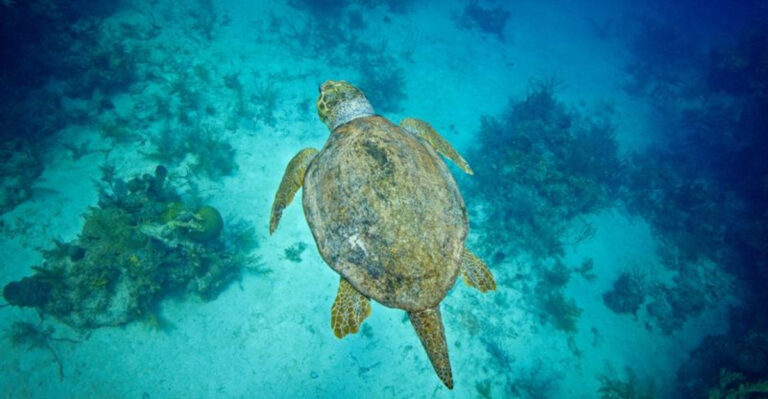11 U.S. Destinations Where You Can Support Endangered Species Just By Visiting
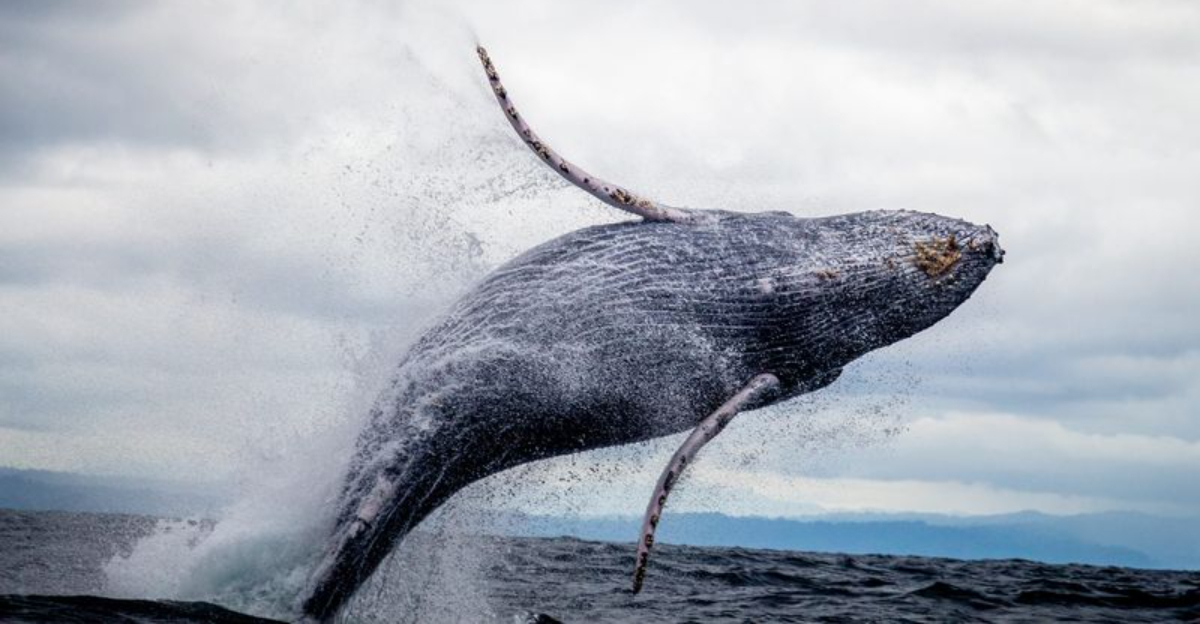
Ever wondered how your vacation could help save animals from extinction? Across America, special places let travelers become wildlife heroes just by showing up.
Your visit fees, participation in guided tours, and simple presence help fund critical conservation work for creatures fighting to survive in our changing world.
1. Padre Island National Seashore, Texas
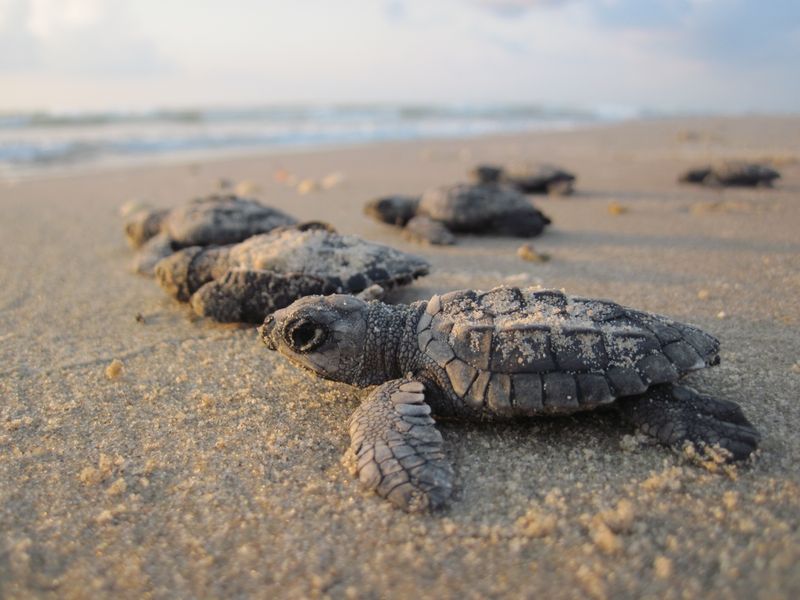
Witness a miracle of nature at this pristine barrier island where tiny Kemp’s ridley hatchlings scramble toward the Gulf of Mexico. Your entrance fees directly support the world’s most endangered sea turtle.
Summer releases draw crowds who cheer on these silver-dollar sized babies. Rangers work year-round monitoring nests and rescuing injured turtles.
2. Everglades National Park, Florida
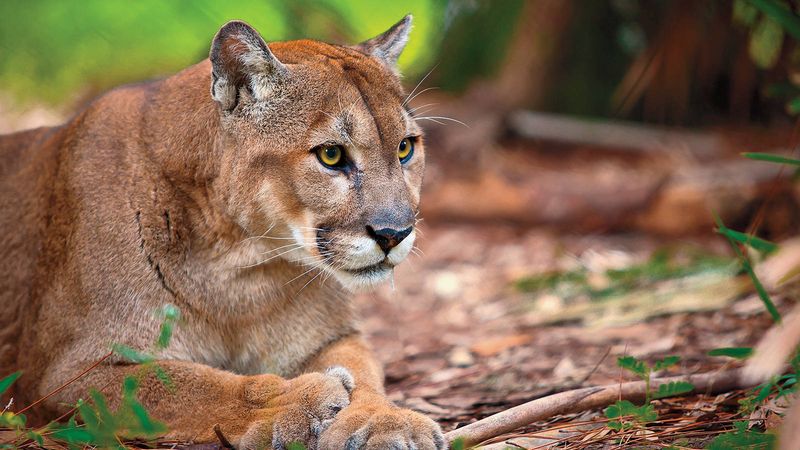
Glide through mysterious mangrove tunnels where endangered Florida panthers prowl unseen. This watery wilderness shelters manatees who bear propeller scars and prehistoric American crocodiles basking on muddy banks.
Park fees fund crucial habitat protection in America’s most threatened national park. Rangers monitor wildlife populations while battling invasive species that endanger native creatures.
3. Cache River National Wildlife Refuge, Arkansas
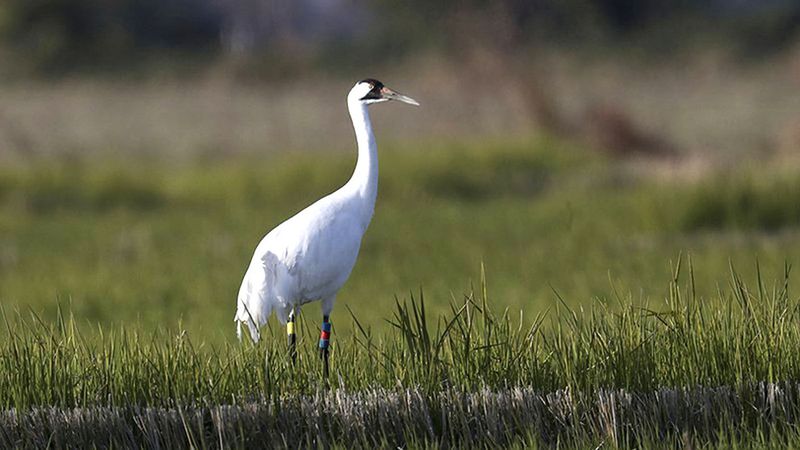
Step into ancient cypress-tupelo swamps where ghost-like whooping cranes wade through misty waters. This haunting wilderness might still harbor the thought-to-be-extinct ivory-billed woodpecker, last spotted here in 2004.
Birdwatchers flock to this hidden gem, their binoculars scanning the canopy for rare flashes of white and red. Your visit validates the importance of preserving these primeval wetlands.
4. Hopper Mountain National Wildlife Refuge, California
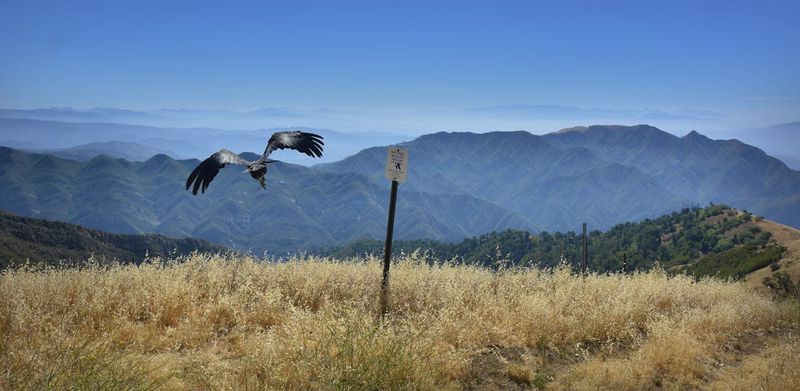
Marvel at the massive 9-foot wingspan of California condors soaring above rugged mountains. Once down to just 22 birds worldwide, these magnificent scavengers now number over 400 thanks to intensive recovery efforts.
Refuge tours showcase the conservation success story while explaining ongoing threats. Your support helps maintain breeding facilities and fund lead ammunition cleanup programs that save condors from poisoning.
5. Yellowstone National Park, Wyoming/Montana/Idaho
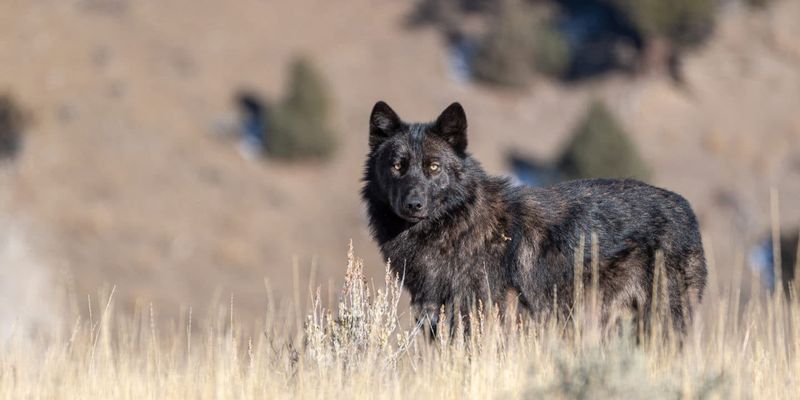
Howl with excitement spotting gray wolves hunting across snow-covered valleys. Reintroduced in 1995 after being completely eliminated, these apex predators now maintain crucial ecological balance alongside recovering grizzly populations.
Dawn wildlife safaris in Lamar Valley offer glimpses of wolf packs and massive grizzlies. Each visitor contributes to America’s first national park and its groundbreaking predator restoration programs.
6. Channel Islands National Park, California
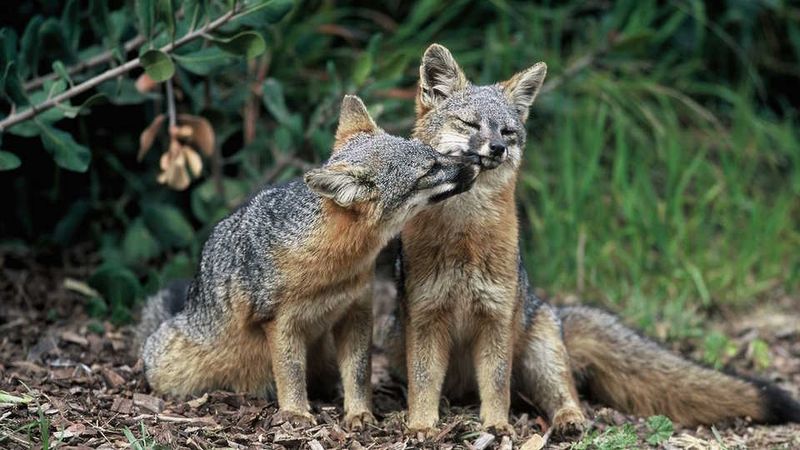
Ferry across azure waters to meet adorable island foxes found nowhere else on Earth. Each island hosts its own unique fox subspecies, saved from near-extinction through focused conservation.
Kayak alongside playful sea lions in protected marine sanctuaries. Your visit justifies ongoing protection of these isolated ecosystems often called “North America’s Galapagos” for their remarkable endemic species.
7. Cumberland Island National Seashore, Georgia
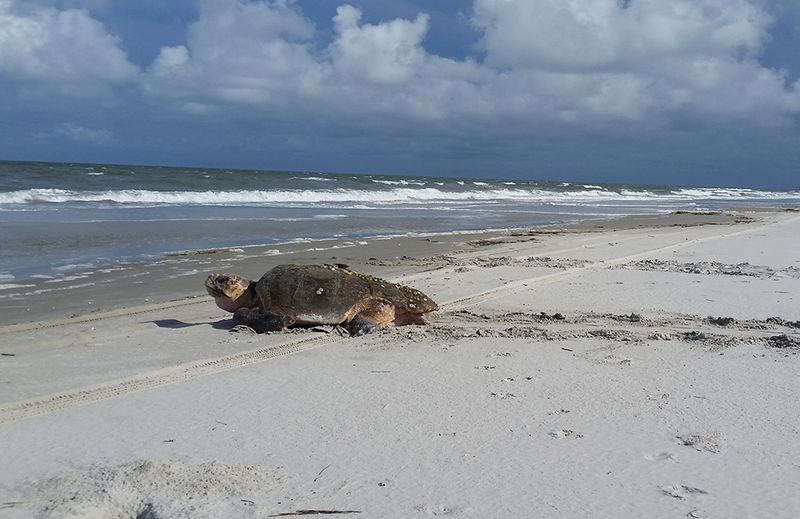
Stroll alongside wild horses on pristine beaches where massive loggerhead turtles emerge under moonlight to lay eggs. Summer turtle walks offer rare chances to witness ancient reptiles continuing their 110-million-year-old nesting ritual.
Rangers mark nests with protective barriers against predators and disorienting lights. Your presence demonstrates public commitment to preserving these untamed shores for creatures that depend on them.
8. San Juan Islands, Washington
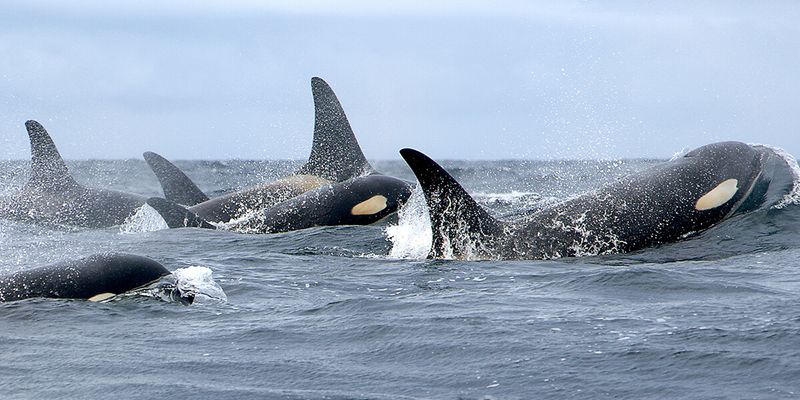
Gasp in wonder as a six-foot dorsal fin slices through Puget Sound waters. Southern resident orcas face critical endangerment with just 75 individuals remaining, threatened by dwindling salmon supplies and vessel traffic.
Responsible whale-watching boats maintain proper distances while naturalists explain conservation challenges. Your tourism dollars support research tracking these intelligent mammals and efforts to restore crucial salmon habitats.
9. Alligator River National Wildlife Refuge, North Carolina

Track elusive red wolves through mysterious pocosin wetlands during guided howling expeditions. Once declared extinct in the wild, fewer than 20 of these critically endangered predators now roam this coastal refuge.
Nighttime howling tours let visitors communicate with wild wolves. Entry fees support intensive recovery efforts including captive breeding, habitat protection, and conflict reduction with local landowners.
10. Hawaiian Islands Humpback Whale National Marine Sanctuary, Hawaii
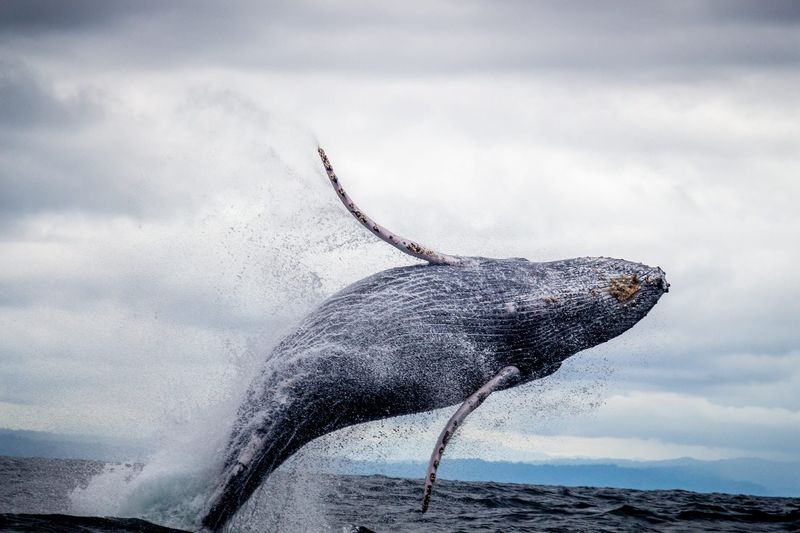
Float silently as 45-ton humpbacks breach spectacularly nearby. These gentle giants travel 3,000 miles to Hawaii’s warm waters to birth calves and sing complex songs that echo through the deep.
Sanctuary-approved tour operators follow strict guidelines to prevent whale harassment. Your participation funds crucial research tracking population recovery since whaling bans and monitoring emerging threats like entanglement and ship strikes.
11. Aransas National Wildlife Refuge, Texas
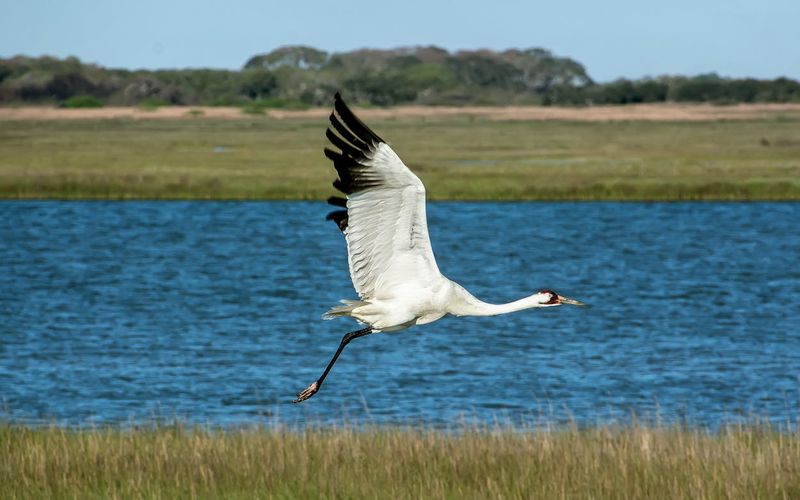
Marvel at North America’s tallest birds stalking through coastal marshes. Standing nearly five feet tall with distinctive red crowns, whooping cranes rebounded from just 15 birds in 1941 to around 500 today.
Winter boat tours provide spectacular crane viewing opportunities. Your entrance fees support habitat management critical for these majestic birds who migrate 2,500 miles annually between Texas and Canada’s Wood Buffalo National Park.




